Attempted Contact
- type of object: drawing
- date: 1976
- material/technique: ink, paper
- dimensions: 44 x 62,5 cm
- inventory No.: R-16
- image licensed under: CC BY-NC-ND 3.0
Jan Dobkowski rejected textural solutions stemming from post-impressionism while he was still studying. He eliminated the painterly space from the painting, filling the surface of the canvas with large flat fields of lightly applied colour. He limited the colour range to two contrasting complementary colours — red and green — which he considered to be the colours of life. The line outlining the shapes flows in restless, meandering turns, creating Art Deco-like decorative arrangements. Despite deformation and exaggeration of forms, the paintings are subjective rather than abstract. The repertoire of repeating motifs includes, among others, multiplied breasts with heavily marked nipples, heads with strands of hair resembling flames, human skeletons, hearts, sperm, and embryonic shapes. The human form is not superior to other elements of the compositions — all the organisms remain equal and mutually entangled. The hierarchical division into the human and the non-human is abolished. Arrangements of soft shapes express symbolic content: an elemental wonder of life and a sense of oneness with nature constantly undergoing change. In the mid-1970s, the human figure vanished from Dobkowski’s paintings, leaving only a dynamic line, flowing through the space in waves or in soft, irregular arcs. That is when the artist began creating ink drawings, filled with swirling lines, as if endowed with a life of their own.
In the case of the work Attempted Contact, two broad bands are gently wavy and get close to each other. In these drawings, Dobkowski abandoned anecdote, focusing on building atmosphere. Art historian and critic Wiesława Wierzchowska wrote that the artist ‘gives shape to mental states, experiences that took place contrary to nature’. She also wrote that the rhythm of the pulsating lines is ‘the rhythm of the record of the physical process of drawing, unique like handwriting, and like handwriting, revealing the human personality’. Saturated with lyricism, the works reveal the artist’s individual sensitivity.
Ewa Skolimowska, translated by Paulina Bożek
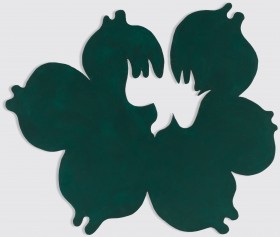 from the series Prolongation of Summer V1969
from the series Prolongation of Summer V1969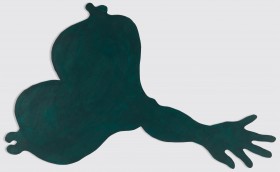 from the series Prolongation of Summer VI1969
from the series Prolongation of Summer VI1969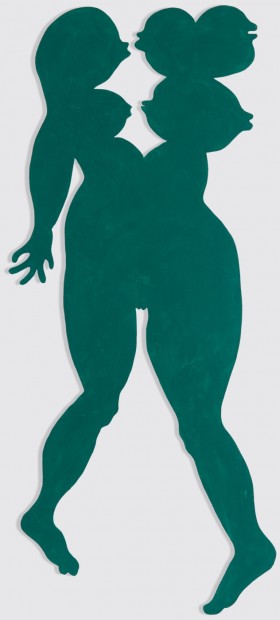 from the series Prolongation of Summer VII1969
from the series Prolongation of Summer VII1969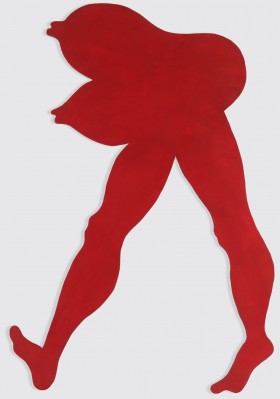 from the series Prolongation of Summer VIII1969
from the series Prolongation of Summer VIII1969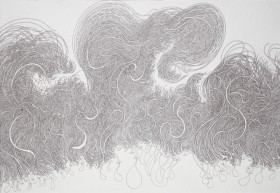 When the Wind Blows1975
When the Wind Blows1975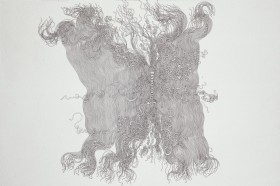 Ghost1975
Ghost1975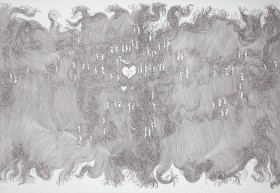 Aquarium1975
Aquarium1975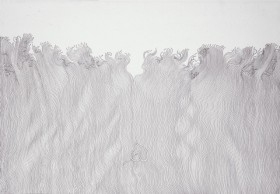 1976
1976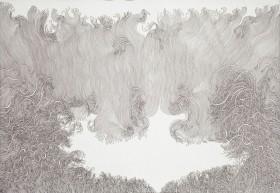 Abyss1976
Abyss1976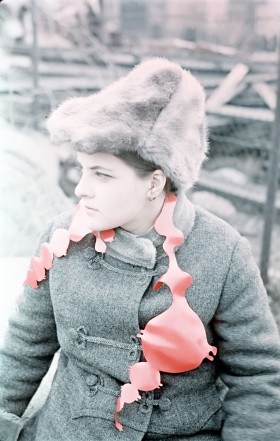 Omnipresent, open air action with the participation of Maria Dobkowska1969
Omnipresent, open air action with the participation of Maria Dobkowska1969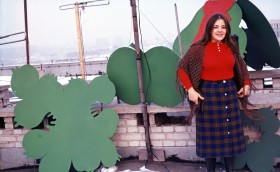 Prolongation of Summer, action on the roof of the artist’s studio on Chłodna Street, Warsaw1969
Prolongation of Summer, action on the roof of the artist’s studio on Chłodna Street, Warsaw1969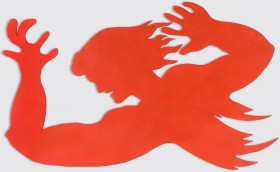 from the series Prolongation of Summer IV1969
from the series Prolongation of Summer IV1969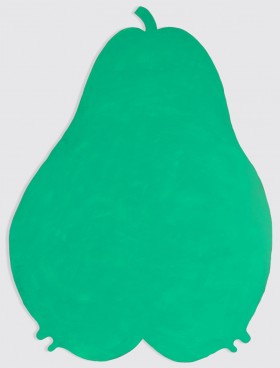 from the series Prolongation of Summer II1969
from the series Prolongation of Summer II1969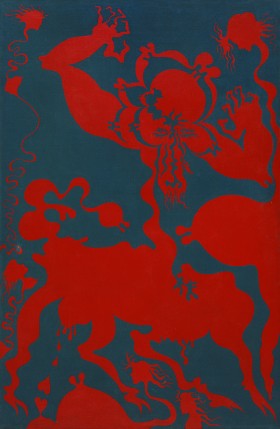 Voracious Woman 1970
Voracious Woman 1970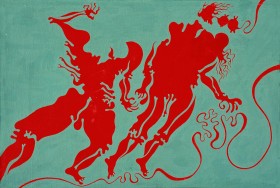 Blind leading the blind1970
Blind leading the blind1970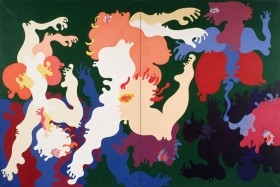 Euphoria1973
Euphoria1973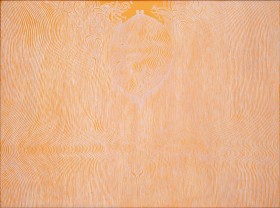 A Great Day 1980
A Great Day 1980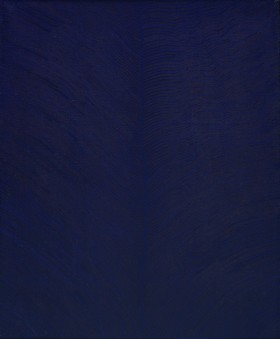 My River II1980
My River II1980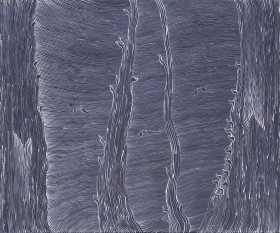 The Trees of Jan D. 1980
The Trees of Jan D. 1980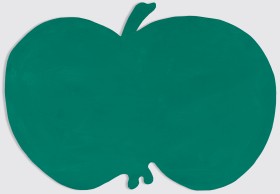 from the series Prolongation of Summer I1969
from the series Prolongation of Summer I1969 from the series Prolongation of Summer III1969
from the series Prolongation of Summer III1969

